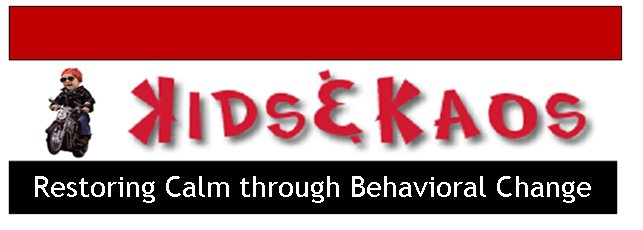At some point during (perhaps even before) our parenting years, we may be advised to always “set limits with your children”, or “be clear about your expectations”, amid other similar pieces of advice. We may very sincerely want to heed that advice, but what does it all actually mean and how do we go about doing it?
I’d like to first explain what I mean by setting limits and expectations, and what the difference is between the two. Limits refer to those behaviors we would like our children to no longer engage in (such as hitting a sibling), and expectations refer to those behaviors we’d like them to engage in more often (such as picking up toys).
In my professional, and personal, opinion, I believe children need some structure in their lives – and being clear with them about what we as parents would like them to do, or not do, is one very effective way of providing such structure. It also clearly outlines their boundaries, allowing them total freedom to behave like children as long as they stay within them, when straying outside of them could be unsafe or anxiety-provoking.
Psychologically speaking, children need boundaries, just as they need physical boundaries. When we prevent a young child from running out of a play area into a parking lot by keeping the gate closed, we keep him physically safe from harm he might not be aware of, or able to cope with. Setting boundaries provides them with very necessary psychological, social structure within which he can have emotional freedom and safety.
So how do we set the limit?
1. Decide which particular behavior you will no longer tolerate or accept. Make sure it is a realistic, necessary and attainable requirement, and rehearse how you will tell him in very simple terms what he can no longer do and what will happen when he does.
2. When your child is not engaging in the behavior but is in a receptive mood – when he’s not hungry and tired! – tell him simply and clearly what your plan is: “Todd, your dad and I want you to stop hitting Taylor, and when you do, you will sit in your Timeout Chair for a short while”. Keep your voice kind, neutral, and not in any way threatening. Ask him if he understands, answer any clarifying questions – but don’t get drawn into negotiations - then move on to another subject entirely. Don’t revisit the subject until you have to act on what you told him.
3. When Todd hits Taylor (as he surely will soon enough), use the same words you did when you set the limit and remind him he will now spend a few minutes in his Timeout Chair (or some other place where he is deprived briefly of your, and other’s, attention. Ignore his pleas or other attempts to draw you in. Just continue with what you were doing when he transgressed. When he’s been quiet in Timeout for about half a minute, tell him he can join the activities and make no mention of either the hitting or any disruptive behavior while he was in Timeout.
4. When the hitting has stopped being a problem, use the same approach for any others that might be causing concern.
5. Be prepared for your child to test his limits, and when he does, simply repeat steps 2 and 3 above. Be consistent and compassionate and he’ll come around to your way to thinking.
Thursday, July 31, 2008
Thursday, July 10, 2008
Looking Inward
There are twelve questions below. Put aside some time to seriously consider how you would answer them. Write down as many answers as you can think of for each question then prioritize your answers. Select the ones that best describe you and your parenting style. Spend some time reflecting on the answers you selected as this enables you to develop a clear picture about how you have influenced your child’s behaviors up until now, and how you can influence them differently going forward.
Subscribe to:
Comments (Atom)





